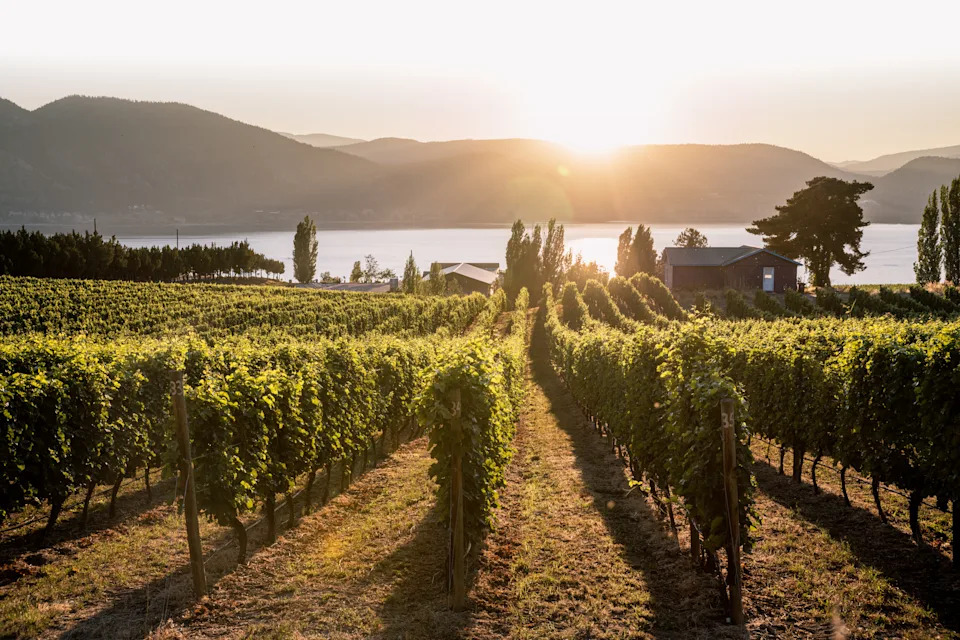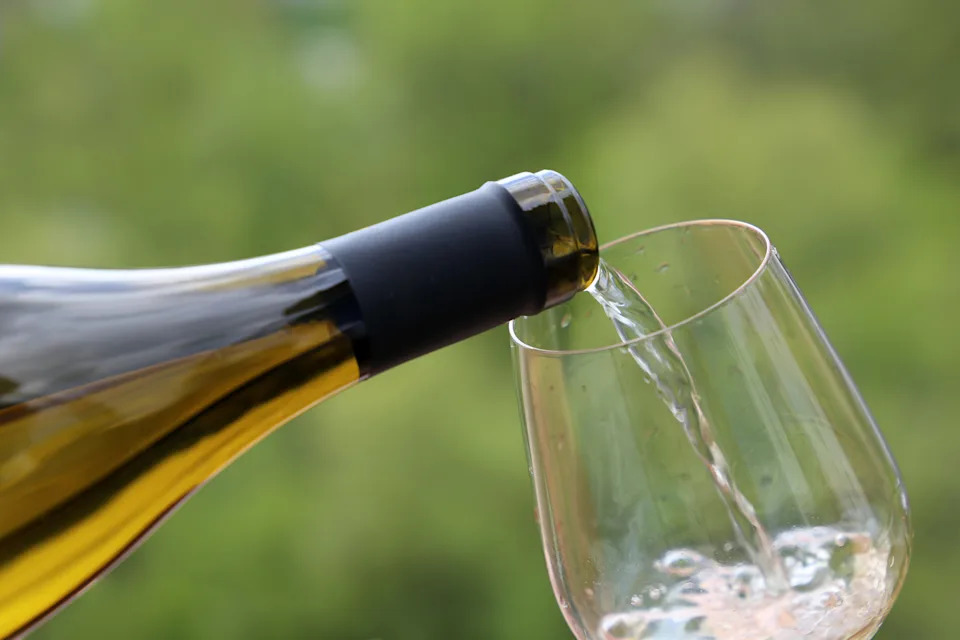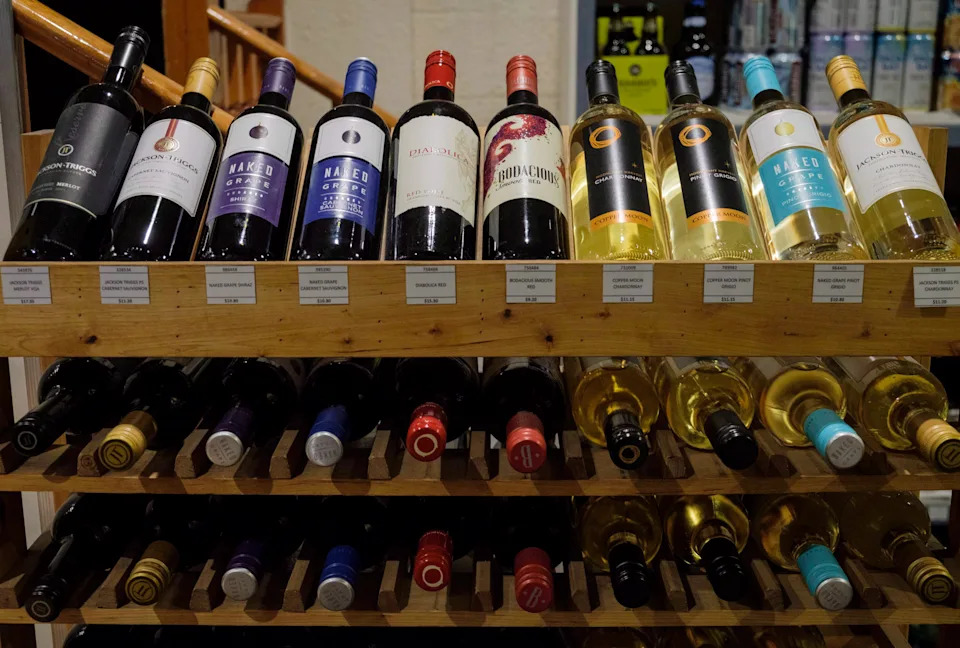Twenty years ago, asking for Canadian wine recommendations might have raised eyebrows. Today, sommeliers from Toronto to Tokyo are championing bottles from the Okanagan Valley and Prince Edward County. The transformation has been remarkable: What was once considered a novelty has evolved into one of the world’s most dynamic wine scenes.
The sweet spot for discovery? The under-$40 CAD range, where established producers offer genuine quality without the premium markup of their flagship bottles. Whether you’re just beginning to explore Canadian wine or seeking exceptional value, here’s how to shop smarter and drink better. If you’re looking to switch from your current U.S.-produced bottle or just want to learn more about local Canadian wines, read on for everything you need to know.
The golden rule for finding great wine in Canada: Producer over everything
When it comes to Canadian wine, experts say quality varies far more by who makes the wine than what grape appears on the label. This is especially important when navigating a relatively young wine scene.
“It’s very much about producer,” says Geoffrey Moss, one of only 400 Masters of Wine globally and an Okanagan, B.C.-based educator.
Matthew Landry, sommelier and wine educator, puts it simply: “Always go for the entry-level from a top producer. Chances are, they know what they’re doing.” A $25 bottle from a respected winery will almost always outperform a $35 bottle from a mediocre one.
Know your Canadian wine geography
Canada’s wine regions span three provinces that dominate quality production. Ontario, anchored by the Niagara Peninsula, produces elegant cool-climate wines. British Columbia’s Okanagan Valley delivers both powerful reds and mineral-driven whites. Nova Scotia’s emerging scene, particularly the Annapolis Valley, specializes in sparkling wines and aromatic whites.

British Columbia’s Okanagan Valley has some great wines, but other spots across Canada are emerging as well. (Photo via Getty Images)
Within these broader regions, certain subzones are producing exceptional results. “The areas around Kelowna, particularly East Kelowna and South Kelowna Slopes, are producing mineral-driven cool climate reds and whites that really speak to the terroir,” says Barbara Philip, category manager for BC Liquor. Terroir — the combination of soil, climate and geography that gives wine its sense of place — is increasingly evident in Canada’s best bottles.
“Vancouver Island, particularly the Cowichan Valley, is a region to keep a watch on for delicious pinot noir,” Philip adds. Meanwhile, Prince Edward County has emerged as Ontario’s answer to Burgundy, with limestone-rich soils producing exceptional pinot noir and Chardonnay.
The insider’s secret: Riesling rules
Ask any wine professional to name the most undervalued Canadian grape, and riesling emerges as the unanimous answer. This represents perhaps the best opportunity for wine lovers seeking exceptional quality at modest prices.
“Perhaps fortunately for riesling lovers, the grape is still misunderstood by a large segment of the population, which pulls down the price wineries can ask for these bottles,” explains Landry. “Really high-end, chiselled riesling at the $35 price range is easy to find all across the country.”

Experts say Canadian winemakers are producing excellent Riesling that costs around 30 per cent less than German options. (Photo via Getty Images)
Canadian riesling competes directly with Germany’s finest expressions but often costs 30 per cent less. “You can buy some of the top rieslings across Canada, whether from Niagara or the Okanagan, which are truly world-class in quality,” Moss adds.
From a retail perspective, this insight holds especially true for dry styles. “The great rieslings, the dry styles especially, are still under the radar for many consumers,” notes Philip.
Decoding Canadian wine labels
Canadian wine labels can be challenging to navigate, but understanding key indicators helps you shop more effectively. The most critical information often appears in small print.
“The most critical thing to pay attention to is the source of the grapes,” emphasizes Moss. “Are they grown in Canada or are they International-Canadian blends, which are largely composed of cheap imported bulk wine with little to no Canadian inputs?”

Look for specific regional designations for the best chances of quality. For riesling specifically, alcohol content provides a sweetness clue if you’re worried about finding a bottle that’s simply too sugary.
“For riesling, less than 11 per cent alcohol and you can expect some sweetness,” explains Landry. Dry rieslings typically clock in at 12 per cent or higher.
Beyond the classics: Exploring Canada’s diverse wines
While international grape varieties like Chardonnay and cabernet franc anchor many Canadian wine lists, exploring beyond these classics reveals exciting discoveries. Gamay, Burgundy’s “other” red grape, produces exceptional results in Canadian conditions.

While some white wines really shine in Canadian regions, an expert says not to discount the country’s selection of reds. (Photo via Getty Images)
“High-quality gamay can be found from terroir-driven producers like Niagara-based winemaker Thomas Bachelder, Jeff Moote of Divergence and Ilya Senchuk of Leaning Post,” says Leah Spooner, a Toronto-based wine writer and communicator.
But don’t underestimate Canada’s potential for reds in general. “We make every type,” says Landry, “from powerful Bordeaux blends and savoury syrah in the South Okanagan, to elegant pinot and gamay on the Niagara Escarpment.”
Where to find the best bottles of Canadian wine
While government liquor stores carry many Canadian wines, the most exciting discoveries often require more targeted hunting, experts say.
“The majority of the best Canadian wines can only be purchased winery-direct because they are made with the precision that can only be derived from careful, small-batch winemaking,” explains Spooner. “Get on the wine trail to see the true quality of Canadian wine.”

While the local liquor store will have a selection of Canadian wines, experts say the best option is to go direct through wineries. (Photo via Jeff McIntosh/The Canadian Press)
This means building relationships with independent wine shops, joining winery mailing lists and planning visits to wine regions.
Best Canadian wines under $40
It’s an interesting time to be a first-timer exploring Canadian wine, particularly from British Columbia. A devastating January freeze reduced the province’s 2024 grape crop to less than five per cent of normal production. The B.C. government temporarily allowed wineries to source grapes from elsewhere in the country, or beyond the border in Washington, Oregon and California, creating “replacement wines” that showcase producer skill despite extraordinary circumstances.
If you’re looking for some of the best Canadian wines under $40, here are some recommendations.
Canadian white wineCanadian red wineCanadian sparkling wine
Let us know what you think by emailing us, commenting below and tweeting @YahooStyleCA! Follow us on Twitter and Instagram.


Dining and Cooking